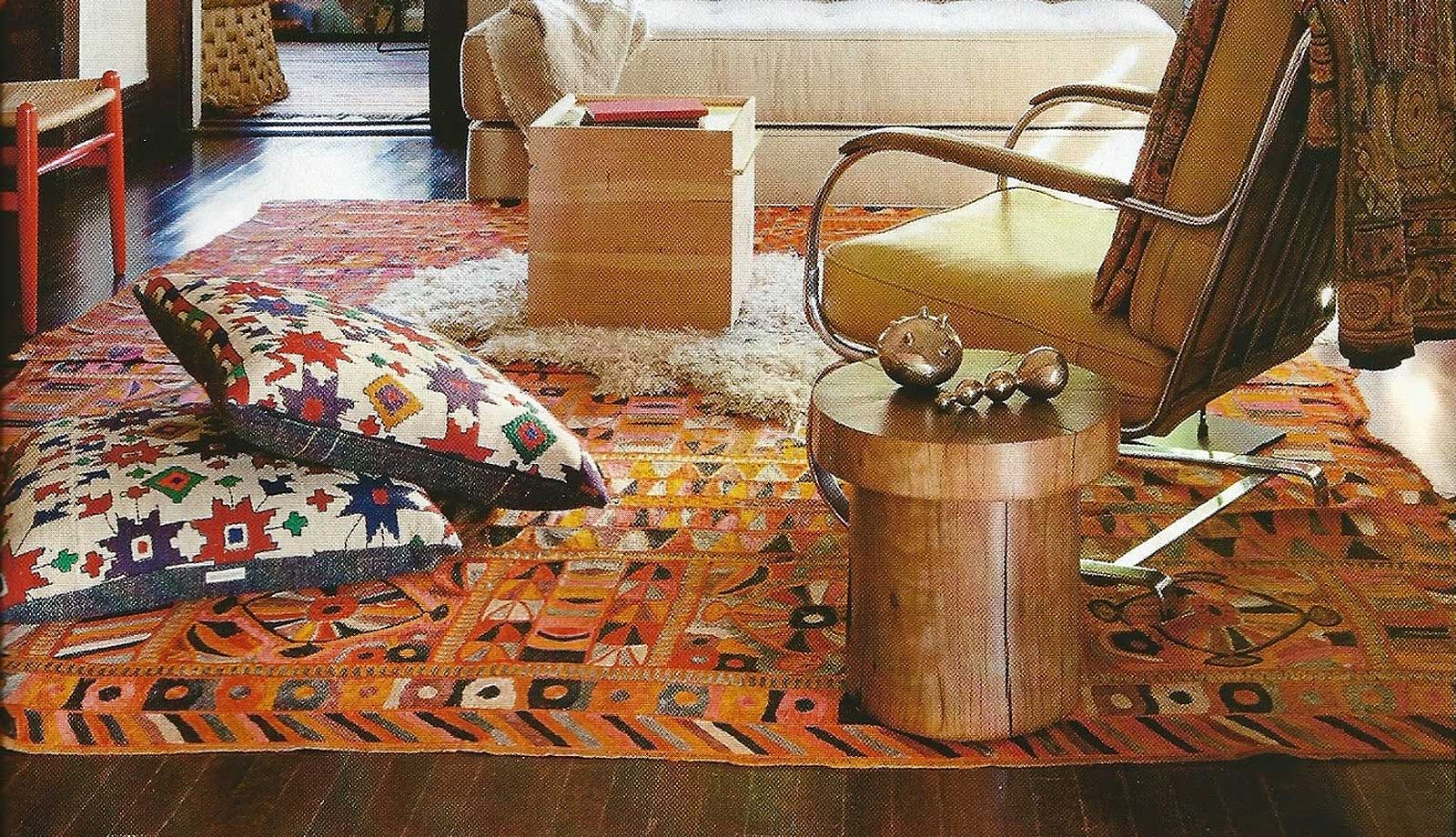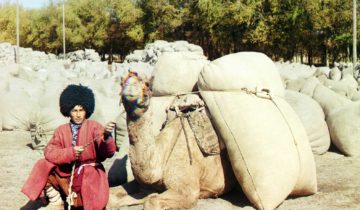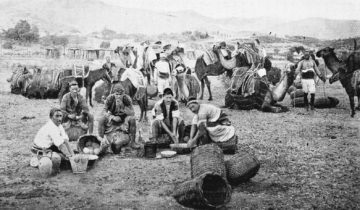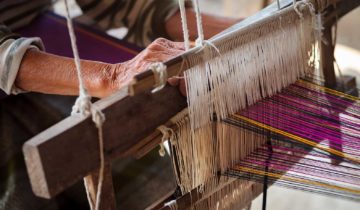Eastern Anatolia is a fascinating place with its own unique geography and culture and daily life. This is the starting point of Mesopotamia, one of the earliest points of the history of mankind, and even today preserves the traces of the many civilizations that have passed through its lands. Eastern Anatolia has some of the richest cultural structures of all of Anatolia. Civilizations like the Turkmens, Kurds, Armenians, and Assyrians have made this region their home and different Islamic faiths as well as Christianity, Zoroastrianism, Syriacism, and even keldani people have passed through. Arabs, Persians, Caucasian, and Turkmen cultures have influenced both the past and modernity. As a result Eastern Anatolia has an unparalleled wealth of culture and this has left its place in its weaving as one of the most evident ways of seeing these traces in the flesh.
Gaziantep
Gaziantep is unquestionably one of the most important cities of Eastern Anatolia and is home to some of the region’s best examples of kilims. While today there may not be as much production as in years past, Gaziantep kilims are still some of the most valuable. Some of the most distinctive features of Gaziantep kilims are the diamond and six-pointed star motifs. Cotton is the material most commonly used with motifs of scorpion, ying&yang and others that one finds in Gaziantep.
Karabağ
While Turkmen culture may no longer play a critical role in modern-day Turkey, the culture has been around for centuries and has left its imprint in Karabağ in particular, which can be seen in its Eastern Anatolian kilims. Flower designs give it an incredible beauty and make them one of the more valuable types of kilims. Red, pink, and orange are the colors most common to Karabağ kilims, with some brown and black thrown in for lovely contrast.
Erzurum
Erzurum formed an important trading city between Iran and the Ottoman Empire, and is a city with an incredibly rich cultural history. This region bears the traces of the northern Caucus mountains, Turkmen tribes and Iranian culture, and this wealth is reflected in its kilims. Prayer rugs are some of the most famed kilims from Erzurum. Wolf’s mouth and wolf print motifs are some of the most distinctive features of the regions kilims, which is the result both of the prevalence of wolves in the region and of the aforementioned cultural influences. Another distinctive motif for Erzurum is the tree of life motif, which is found in many of the pieces of the region.
Van
Van is known for the high quality of its kilims, and is one of the most important regions of Eastern Anatolia. This city is an important city for people of Kurdish origin, and has been an important center of cultural interaction for many years. Most of the motifs of Van kilims feature geometric designs. One of the unusual distinctive features of Van kilims are the rich and full aesthetic of its rugs, packed with designs. Red, blue, brown and green are kinds of dark colorings for which Van kilims are well known.
Sivas
Sivas is another region that’s has a great deal of cultural wealth. Sivas has both a ton of both religious diversity and ethnic diversity, as well as a city famed for its prowess in craftsmanship. The region is comparatively full simple and softer colors, and therefore the motifs of Sivas tend to be more full of bright red, cream, and green sorts of paler shades. Leaf and vine motifs with medallion figures centrally located are features of Sivas kilims.
Kars
Kars is a country with a large influence from its Kurdish and Caucus populations, and is one of the most important cities in the far east of Anatolia. Kars is home to a harsh climate and difficult topography. Motifs are warm and dense in its kilims. Kars kilims have a wide variety of complex designs. Probably the most common woven pieces in Kars are its prayer rugs. Brown, pink and orange are the colors used most.




 No products in the cart.
No products in the cart. 